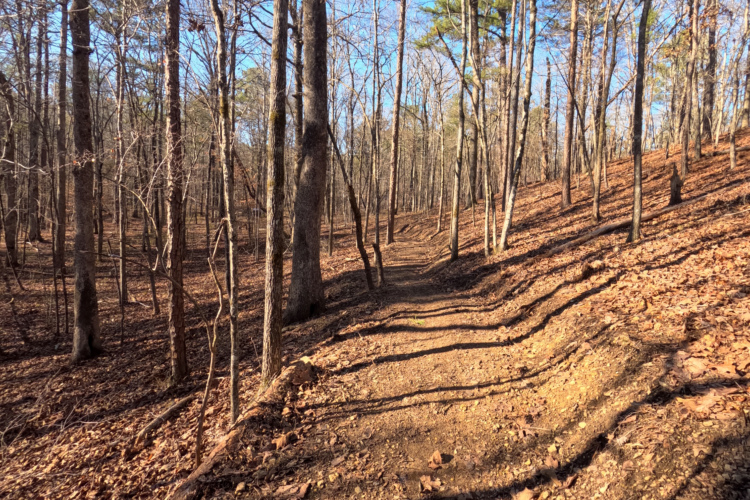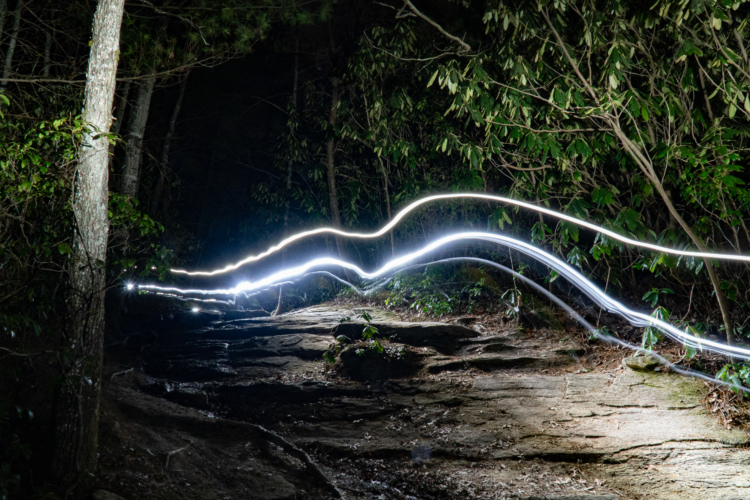In many ways, exchanging data between your GPS unit and computer can be a confusing and frustrating process. Unlike iTunes and the iPod, there isn’t a dominant piece of software or hardware to streamline the process of managing, viewing, and moving tracks, waypoints, and routes from your computer to your GPS (though programs like EasyGPS are attempting to make this simpler). To help you navigate this confusing new technology, I’ll go over some of the key hardware, software, and data exchange information you’ll need to start using your GPS for its full outdoor recreation potential.
If you haven’t figured it out yet, most GPS manufacturers like Garmin are stuck in 1988 with their clunky serial computer connections and lack of robust software support. Geared toward serious techies and scientists, all but the very latest GPS units lack consumer-friendly features like USB connections, rechargeable batteries, and the like. You can, however, upgrade your data connection from serial to USB quite easily. For around $15 you can purchase a serial to USB connection cable online or at your local computer store (like those listed at left under hardware). Most GPS software programs will be able to recognize the new connection and you’ll be able to save yourself the exercise of reaching to the back of your computer and screwing the serial connector to your computer each time you want to connect your GPS. If you use a Macintosh computer you’ll need to get an adapter anyway since your computer doesn’t have a serial port. If your GPS unit doesn’t come with a data cable at all (some of the lower end units do not include one) you can purchase a cable online for around $10 – $20.
Finding the right computer software for use with your GPS can be a challenge but fortunately there are a number of choices. First off, it is important to realize that while there is a wide selection of good mapping software available, much of it is geared toward road maps and auto navigation. This is where the money is for software and hardware manufacturers (car GPS units generally cost at least $500 while recreational units can be found for under $100) and generally where all the cool and user-friendly technology is going these days. Look for software that is specifically made for outdoor navigation like the National Geographic Topo series, TopoFusion, Terrabrowser, and TopoGrafix. Amazingly many of these programs are available for free as open source software (see the list at right). Unfortunately free often means buggy, unsupported, and unreliable in many cases so you may need to spring for commercial software if you can’t find a program to meet your needs.
If you use a Macintosh, believe it or not you won’t be left out in the cold! National Geographic Topo is available for the Mac, along with other Apple-only programs like Mac GPS Pro and a host of open source solutions. I’ve been using my GPS with a Mac for years now and have experienced very few limitations.
Finally, data exchange between your computer and GPS unit can be complicated due to the ongoing GPS format wars (remember when I said manufacturers were still in 1988? VHS or Beta anyone?). Because each manufacturer has its own data protocol and formatting scheme, you’ll need to do some data conversion to make your data mobile. Fortunately, there is an XML-based universal GPS data format called GPX that is emerging as the standard for GPS data exchange. If you have a GPX file you want to upload to your GPS unit, you’ll probably need to convert the data to your manufacturer’s format (Garmin, Magellan, etc.). I recommend using GPS Babel or the online utility at GPSVisualizer.com. Likewise, once you download data from your unit you’ll want to convert the data to GPX format to share with your friends and you can use the same tools mentioned above.
Another emerging format for geo-spatial data is KML, an XML-derived format used for mapping in Google Earth. If you haven’t seen Google Earth, take a minute right now and download it to your computer (it’s free). With Google Earth you can view satellite images and even rotate your view for 3-dimensional views of your GPS data. You can zoom along a path you hiked and share pictures of your route from 30,000 feet above the earth. Many websites like GPSVisualizer and software programs allow you to save and convert GPS data to KML format but unfortunately you cannot use GPX data directly in Google Earth.
I’m hoping for the day when we can drag and drop our GPS routes and tracks just like MP3 files in iTunes, but until that day, it will take a little experimenting to find the best solution for your outdoor recreation needs. With the right hardware, good (and potentially free) software, and the ability to convert data, you can make the most of the GPS data you’ve collected and the data you can find online!











4 Comments
Sep 15, 2011
Feb 20, 2009
Many Thanks
Sep 19, 2011
Feb 20, 2009